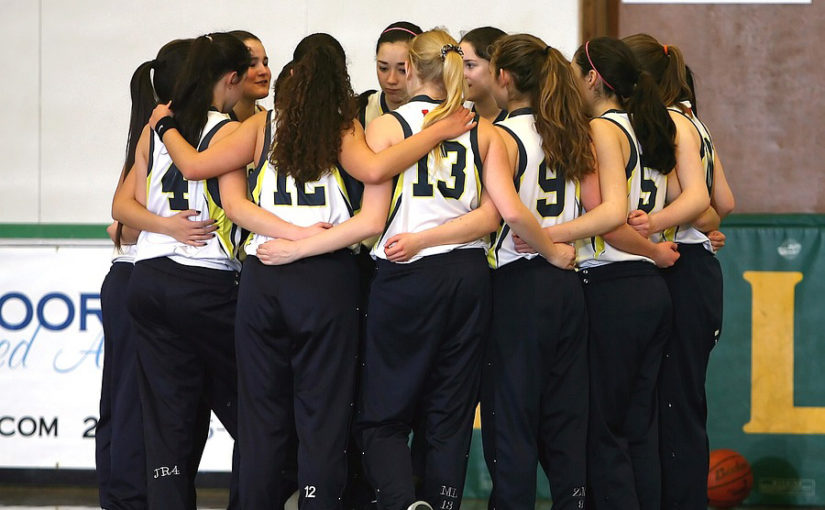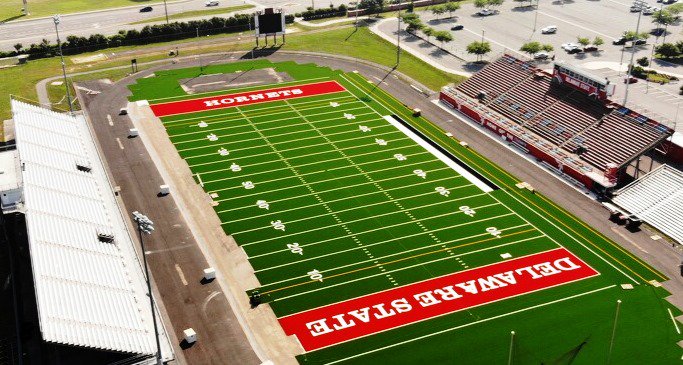A step forward in stadium lighting
High schools can now install lighting systems similar to those used at the college and pro levels
A major source of frustration for athletic directors is the exorbitant costs of facility maintenance and upkeep. And one of the greatest unavoidable expenses has been the lighting of their program’s outdoor fields.
 That’s beginning to change, as new innovations in stadium lighting provide schools with greater abilities to monitor and manage the efficiency of their outdoor lights. New York-based Ephesus developed a new lighting solution that specifically targets the high school sports industry, giving programs an upgraded system that comes with long-term savings.
That’s beginning to change, as new innovations in stadium lighting provide schools with greater abilities to monitor and manage the efficiency of their outdoor lights. New York-based Ephesus developed a new lighting solution that specifically targets the high school sports industry, giving programs an upgraded system that comes with long-term savings.
“The (halide) technology is outdated; it’s going off the map,” said Mike Lorenz, president of Ephesus. “It’s no longer cost-effective and many people are realizing that this is better on many levels.”
Scoreboards and sideline technology has received significant upgrades over the last decade, so it was only a matter of time before high schools received an affordable lighting solution that distinguished itself from what’s currently on the market. Metal halide systems work for most schools, but industry leaders agree there is room for improvement, especially when it comes to cost.
» MORE: The trend of stadium sponsorships
Ephesus’ new system promises to be more efficient, and Lorenz said a field’s pole infrastructure can be retrofitted with the LED lighting. It’s better equipped to handle the outdoor elements, and athletic directors or facility managers are able to wirelessly communicate with the lights to maximize their efficiency.
Wireless communication is one of the system’s greatest features. Lorenz said it can alert athletic directors when a light goes out, and it can monitor its own health and wellness, reporting how much power it’s using, temperature and whether the lights are operating as they should. The technology can also predict “with a high degree of accuracy” the longevity of the lights, allowing programs to replace them before they go out.
“Our view is let’s build technology into the lights that allow the users and owners to have feedback on how that light is working,” Lorenz said.
Lorenz said research indicates there is a need for this type technology in high school stadiums, and the All Field Series was developed based on that feedback. In Coach and Athletic Director’s 2015-16 survey of athletic administrators, nearly one-quarter said they expected to make some type of stadium improvements over the next three years, and part of those upgrades includes lights.
The price of the system varies depending on a school’s needs, but its efficiency could pay dividends over time. That includes reduced maintenance and energy costs.
More information can be found at www.ephesuslighting.com.





